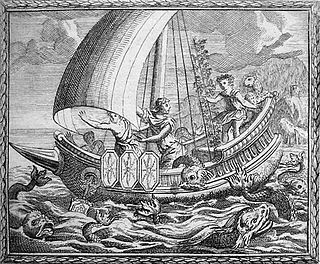 W
WIn Greek mythology, Acoetes was the fisherman known for helping the god Bacchus.
 W
WActaeon, in Greek mythology, son of the priestly herdsman Aristaeus and Autonoe in Boeotia, was a famous Theban hero. Like Achilles in a later generation, he was trained by the centaur Chiron.
 W
WArachne is the protagonist of a tale in Roman mythology known primarily from the version told by the Roman poet Ovid (43 BCE–17 CE), which is the earliest extant source for the story. In Book Six of his epic poem Metamorphoses, Ovid recounts how the talented mortal Arachne, daughter of Idmon, challenged Athena, goddess of wisdom and crafts, to a weaving contest. When Athena could find no flaws in the tapestry Arachne had woven for the contest, the goddess became enraged and beat the girl with her shuttle. After Arachne hanged herself out of shame, she was transformed into a spider. The myth both provides an aetiology of spiders' web-spinning abilities and is a cautionary tale warning mortals not to place themselves on an equal level with the gods.
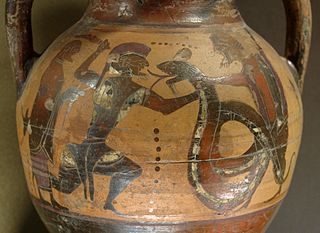 W
WAtalanta is a heroine in Greek mythology. She is described as a virgin huntress unwilling to marry, and loved by the hero Meleager.
 W
WIn Greek mythology, Cadmus, was the founder and first king of Thebes. Cadmus was the first Greek hero and, alongside Perseus and Bellerophon, the greatest hero and slayer of monsters before the days of Heracles. Commonly stated to be a Phoenician prince, son of king Agenor and queen Telephassa of Tyre and the brother of Phoenix, Cilix and Europa, he was originally sent by his royal parents to seek out and escort his sister Europa back to Tyre after she was abducted from the shores of Phoenicia by Zeus. In early accounts, Cadmus and Europa were instead the children of Phoenix. Cadmus founded the Greek city of Thebes, the acropolis of which was originally named Cadmeia in his honour.
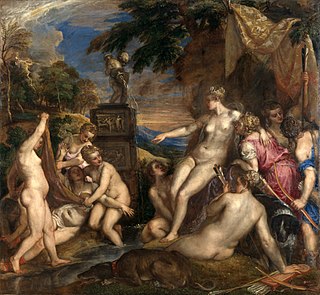 W
WIn Greek mythology, Callisto or Kallisto was a nymph, or the daughter of King Lycaon; the myth varies in such details. She was one of the followers of Artemis, or Diana for the Romans, who attracted Zeus (Jupiter). According to some writers, Zeus transformed himself into the figure of Artemis to lure Callisto and seduce her. She became pregnant and when this was eventually discovered, she was expelled from Artemis's group, after which a furious Hera (Juno), the wife of Zeus (Jupiter), transformed her into a bear. Later, just as she was about to be killed by her son when he was hunting, she was set among the stars as Ursa Major. She was the bear-mother of the Arcadians, through her son Arcas by Zeus.
 W
WIn Greek mythology, the Cercopes were mischievous forest creatures who lived in Thermopylae or on Euboea but roamed the world and might turn up anywhere mischief was afoot. They were two brothers, but their names are given variously:Passalus (Πάσσαλος) and Acmon (Ἄκμων) or Aclemon Basalas (Βάσαλας) and Achemon (Ἄχημων) Olus (Ὤλος) and Eurybatus (Εὐρύβατος) Candolus (Κάνδωλος) and Atlantus (Ἄτλαντος) Sillus (Σίλλος) and Triballus (Τρίβαλλος)
 W
WCirce is an enchantress in Greek mythology. She is a daughter of the god Helios and either the Oceanid nymph Perse or the goddess Hecate. Circe was renowned for her vast knowledge of potions and herbs. Through the use of these and a magic wand or staff, she would transform her enemies, or those who offended her, into animals.
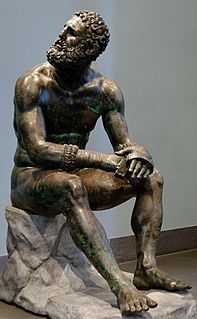 W
WDamarchus or Demaenetus was a victorious Olympic boxer from Parrhasia (Arcadia) who is said to have changed his shape into that of a wolf at the festival of Lycaea, only to become a man again after ten years. Pausanias investigated the story for his famous work Description of Greece and, while he seems to believe that Damarchus the boxer did indeed exist, he notes Damarchus' inscription at Olympia mentions nothing about his supposed metamorphosis to a wolf.
 W
WIn Greek mythology, Galanthis or Galinthias was the woman who interfered with Hera's plan to hinder the birth of Heracles in favor of Eurystheus, and was changed into a weasel or cat as punishment for being so insolent as to deceive the goddesses of birth that were acting on Hera's behalf.
 W
WIn Greek mythology, Harmonia is the immortal goddess of harmony and concord. Her Roman counterpart is Concordia. Her Greek opposite is Eris, whose Roman counterpart is Discordia.
 W
WHecuba was a queen in Greek mythology, the wife of King Priam of Troy during the Trojan War, She had 19 children, who included major characters of Homer's Iliad such as the warriors Hector and Paris and the prophetess Cassandra. Two of them, Hector and Troilus are said to have been born as a result of Hecuba's relationship with the god Apollo.
 W
WIn Greek mythology, Hippomenes, also known as Melanion, was a son of the Arcadian Amphidamas or of Megareus of Onchestus and the husband of Atalanta. He was known to have been one of the disciples of Chiron, and to have surpassed other disciples in his eagerness to undertake hard challenges. Inscriptions mention him as one of the Calydonian hunters.
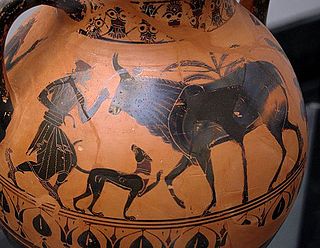 W
WIo was, in Greek mythology, one of the mortal lovers of Zeus. An Argive princess, she was an ancestor of many kings and heroes such as Perseus, Cadmus, Heracles, Minos, Lynceus, Cepheus, and Danaus. The astronomer Simon Marius named a moon of Jupiter after Io in 1614.
 W
WIn Greek mythology, Lycaon was a king of Arcadia who, in the most popular version of the myth, tested Zeus' omniscience by serving him the roasted flesh of Lycaon's own son Nyctimus, in order to see whether Zeus was truly all-knowing.
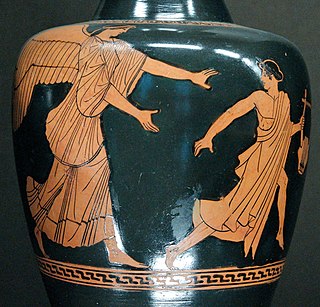 W
WIn Greek mythology, Tithonus was the lover of Eos, Goddess of the Dawn. He was a prince of Troy, the son of King Laomedon by the Naiad Strymo (Στρυμώ). The mythology reflected by the fifth-century vase-painters of Athens envisaged Tithonus as a rhapsode, as attested by the lyre in his hand, on an oinochoe of the Achilles Painter, circa 470–460 BC.